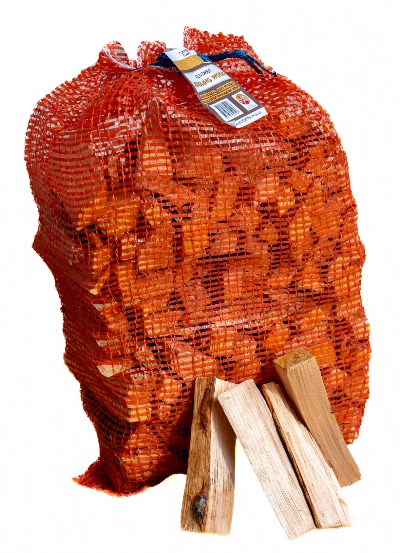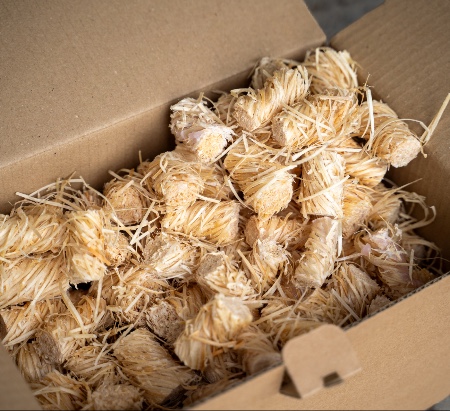Is it cheaper to run a log burner than central heating?
In many cases, yes — a log burner can be cheaper to run than central heating, especially if you’re heating just one or two rooms rather than your whole house. However, the savings depend on several factors including your fuel type, energy prices, stove efficiency, and how well your home is insulated.
A modern, efficient wood-burning stove typically runs at 75–85% efficiency, meaning most of the heat stays in the room rather than disappearing up the chimney. By comparison, an older gas or oil boiler may operate closer to 70–80%, and electric heating is often the most expensive of all in terms of cost per kilowatt-hour.
If you use kiln dried hardwood logs (like oak or ash), which burn hotter and longer, you can achieve very good value — often around 7–9p per kWh of heat output. By contrast, mains gas is typically around 10–12p per kWh, and electricity can cost 25–30p per kWh or more.
So, if you’re heating your main living space with a stove instead of running your whole central heating system, you can save a noticeable amount over the winter months — particularly if your logs are sourced efficiently or bought in bulk.
To get the best value:
- Use a modern, efficient stove that meets EcoDesign standards.
- Burn only kiln dried hardwood logs with a moisture content below 18%.
- Buy in bulk, for example, a crate or loose load, to reduce the cost per log.
- Keep your flue and stove clean for maximum heat output and safety.
In summary, using kiln dried logs in an efficient wood burner can work out cheaper and more sustainable than central heating — especially when heating a specific room or zone, rather than the entire house.




